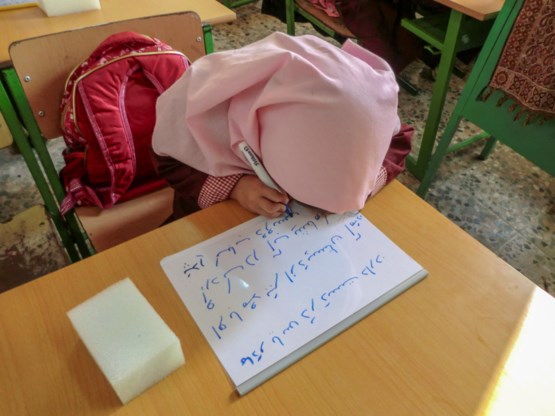In Iran, hundreds of girls have fallen ill in recent months after suffering respiratory problems in classrooms. Dozens of them had to be treated in hospital for symptoms of poisoning.
Since November, local media has reported at least 30 schools in which girls in classrooms became nauseous, dizzy and found it difficult to breathe, according to the Reuters news agency. The attacks are said to be intended to instill fear, so that girls would not dare go to school, and girls’ schools should be closed. In at least one case, a boys’ school was targeted.
Most of the poisoning cases occurred in the city of Qom, about 150 km from the capital, Tehran. The Iranian government initially denied the gas attacks, but since last Sunday has described the actions as “deliberate” and is calling on the perpetrators to stop them. Iran’s public prosecutor ordered an investigation and said “criminal acts may have been premeditated”. It was also said that Iranian intelligence is investigating the matter.
The Ministry of Health examined a number of victims and ensured that they were not infected with a virus or bacteria. It was initially thought that girls got drunk in poorly ventilated classrooms: it is winter in Iran and schools are often heated by gas heaters, which can lead to carbon dioxide poisoning. But the government has since dismissed this theory as a “rumor”.
The Iranian regime is repressive, but girls’ education is not in question. Since the arrival of the Taliban, Iran has repeatedly called on neighboring Afghanistan to open education to all children and allow girls to go to school.
Education in Iran is free and compulsory for all children from six to twelve years old, although there is little control over this, especially outside of the big cities. According to the World Bank, more than 60 percent of Iranian children under the age of 12 go to school. Since boys and girls attend school separately, the curriculum is usually different: girls focus on the arts and humanities, while boys are often taught math and other science subjects.

“Creator. Award-winning problem solver. Music evangelist. Incurable introvert.”







More Stories
British military spy satellite launched – Business AM
Alarming decline in the Caspian Sea
Lithuania begins construction of military base for German forces